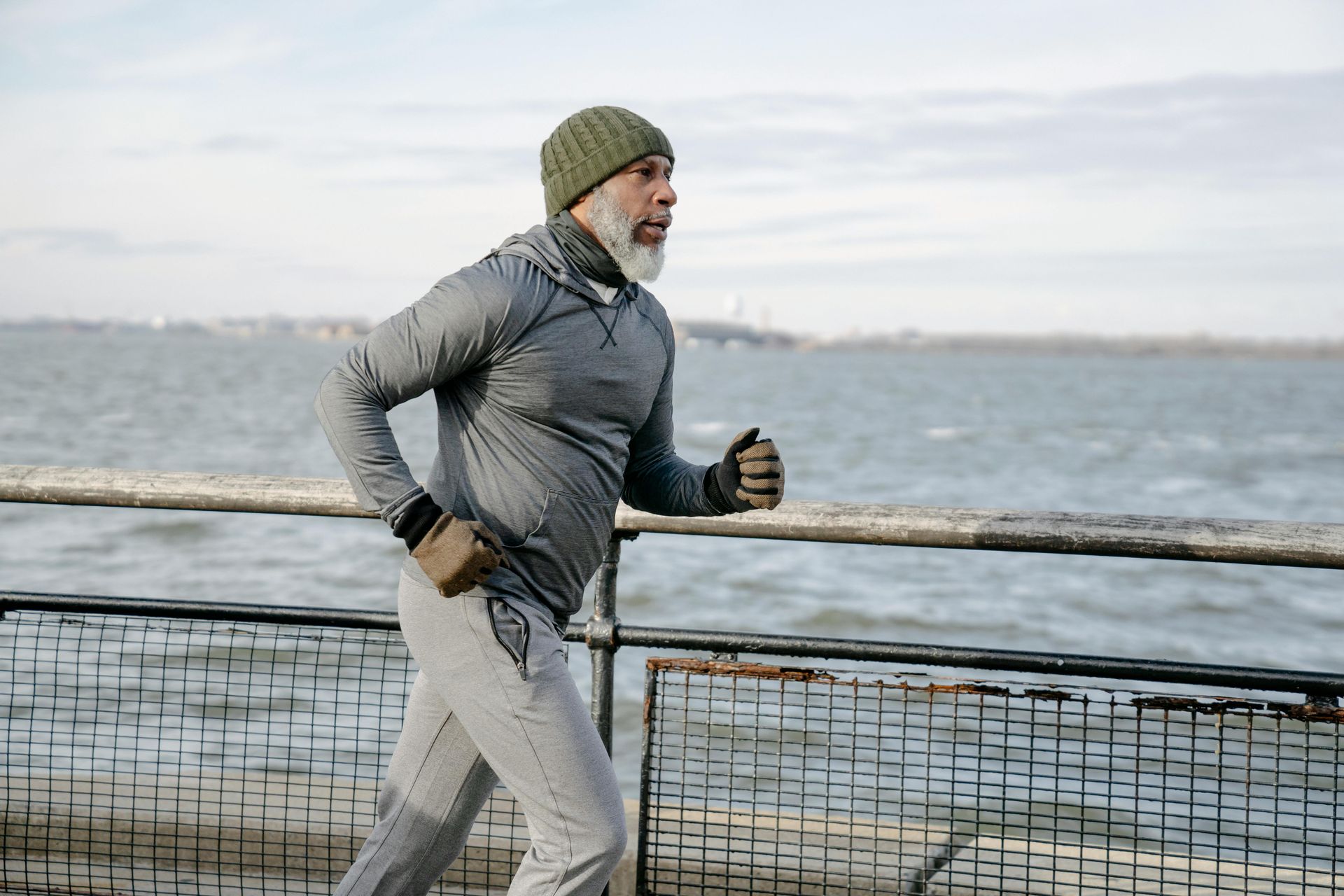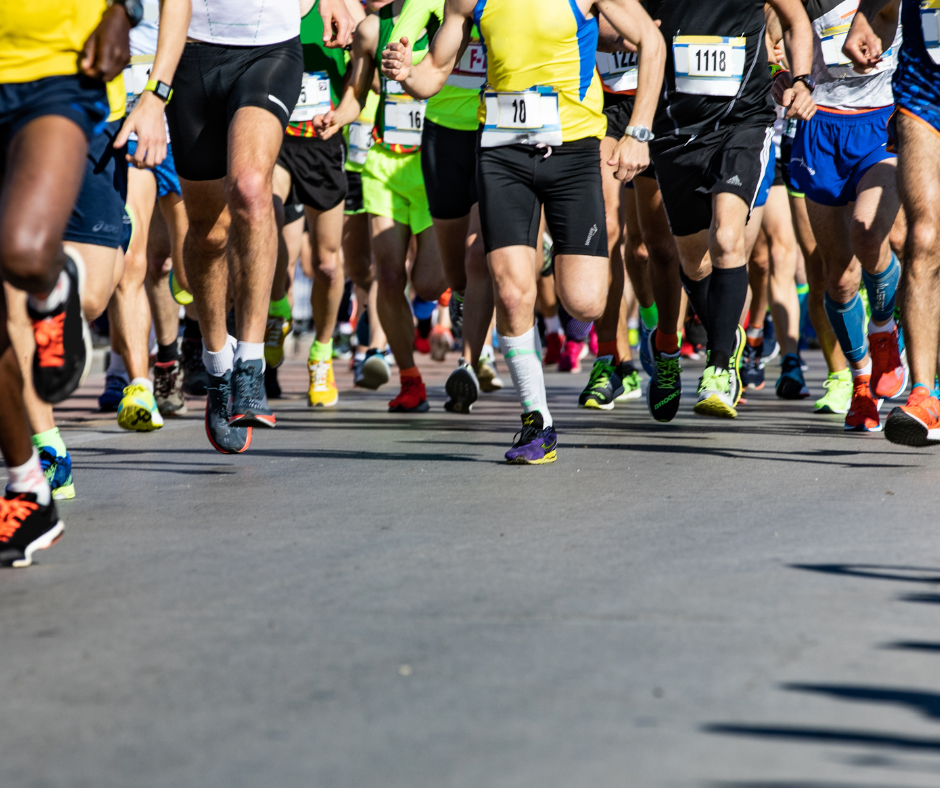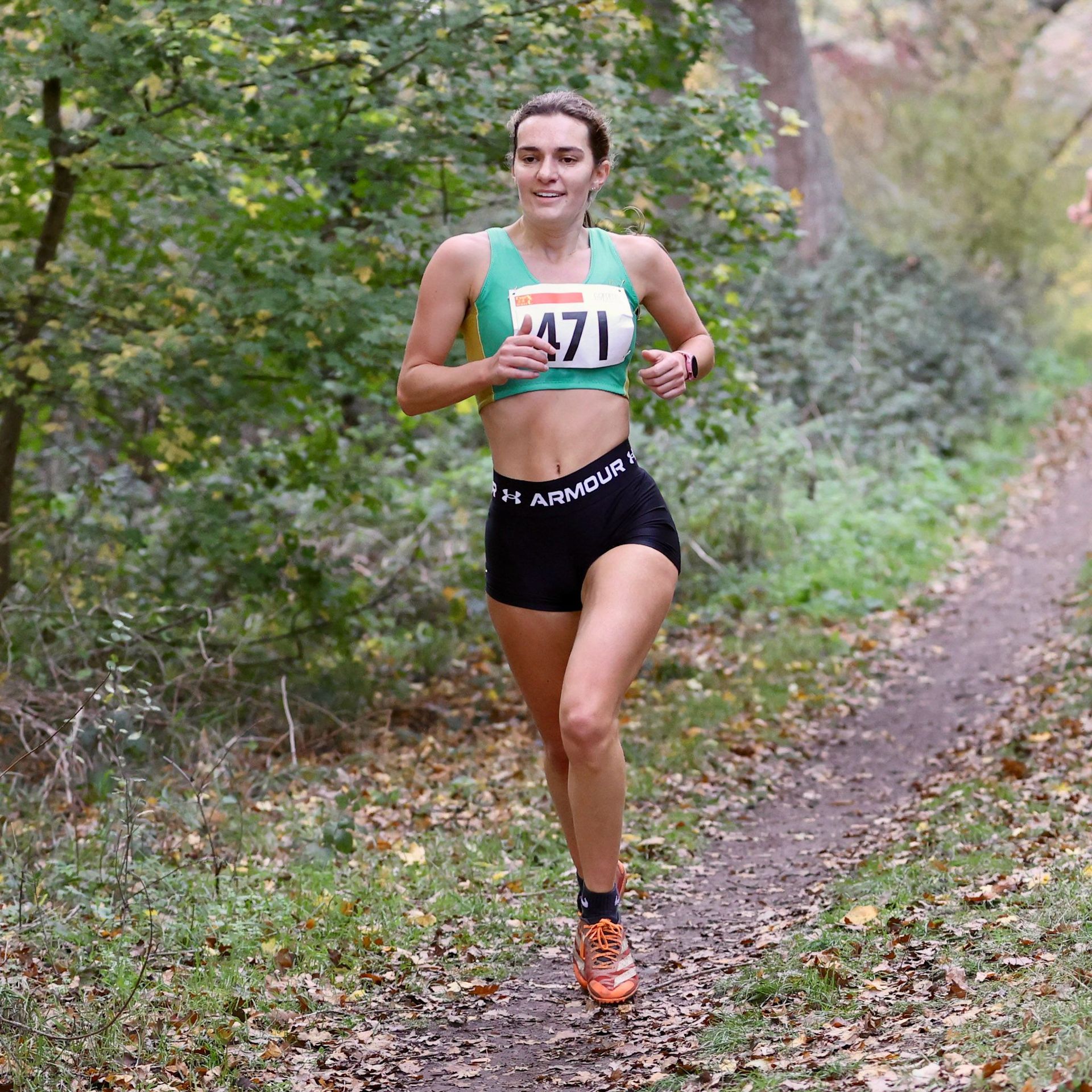Skiing...When You Haven't Skied for a While
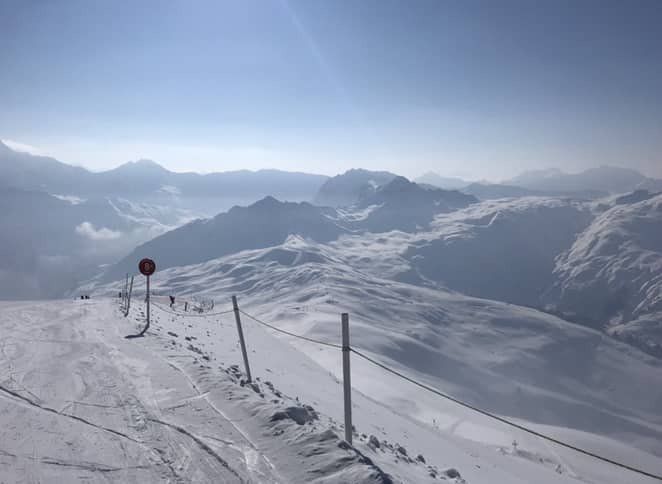
For those who haven't skied in a while, it's easy to overlook the preparation, risk, and conditioning needed to prevent injury. In this guide, we'll cover everything to ensure you're ready to hit the slopes with confidence!
Risk of Injury
Although skiing and snow boarding are generally associated, as high injury risk activities recent research looking at the prevalence of these injuries has shown a recent decline. The numbers have reduced from 5 – 8 injuries per 1000 skiers to 2 – 3 per 1000.
Research has also shown that the most common injuries in skiing are to the knees which accounts for 1⁄3 of all injuries and that in snowboarder’s injuries to the wrists are the most common. A study in Japan showed that snowboarders had twice the injury rate of skiers.
When looking at preventing injuries there are obviously areas that we have no control over, which can increase the chances of injury. These can include poor visibility, the quality of the snow and crowded pistes. However there are also many areas that we can control such as wearing protective garments including wrist protectors and helmets which are compulsory in many resorts now.
Conditioning
One area that has been proven to reduce injuries in skiing is through skiing specific physical conditioning. With snow based disciplines, as with the majority of sports, it is important to be balanced and maintain good alignment and weight distribution through your trunk and lower limbs.
However, unlike a lot of other sports, with skiing you are trying to maintain a relatively static position while travelling fast down a hill. This, therefore, is going to require different muscle activity and joint positioning compared to an activity such as running, meaning a specific conditioning program is necessary.
Alignment
When looking at skiing you need to assess your alignment to avoid excessive loading through your knees and hips.
A lot of pain experienced through the front of the knee with skiing is a result of over loading through the patella femoral joint (where the knee cap sits). When you go into your skiing position your knees should be in line with your 2nd to 3rd toes and not dropping in towards the inside of your big toes. (as shown in the figure below)
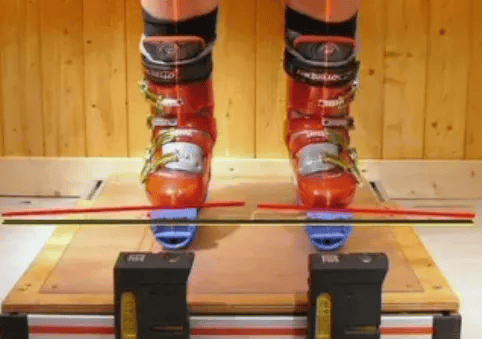
Knee dropping inside the big toe: incorrect Knee in line with the 2nd to 3rd toes: correct
Once you have addressed this imbalance it is then important that you are achieving the correct hip and knee movement. As you go into the skiing position your weight needs to be more into the front of your feet rather than at the back as this will distribute your weight better through your skis giving you greater control.
This is slightly different to the sit stand motion we use on a daily basis where our weight is distributed more through our heels and therefore it can take a little bit of training to get right.
Strength
In order to maintain this alignment it is vital to have good strength through the gluteal and quadriceps muscle groups. In addition good strength is possibly the best way of preventing pain and injury with downhill sports. Due to the down hill nature of skiing the quadriceps need to be worked eccentrically.
This means they are worked from a straight knee position to a bent knee position and the quadriceps muscles are lengthening. Two of the best exercises to achieve this are deep squats and vertical split squats (as shown below).
Vertical Split Squats
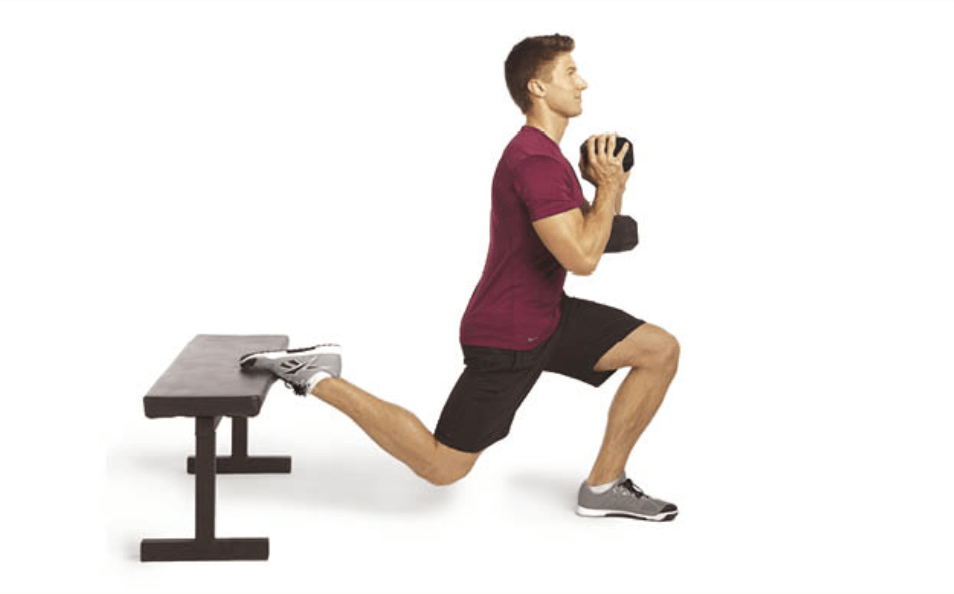
Proprioception & Endurance
Proprioception is the body’s awareness of where it is in space and is therefore a very important factor in reducing injury risk, especially when skiing in poor visibility. Simple ways to address this are through balance exercises such as single leg standing with eyes closed or Single leg hop downs.
Similar to other sporting injuries, skiers and snow borders are more vulnerable as they get more fatigued and this can be addressed and reproduced through generic cardiovascular exercises such as cycling and running.
It is important to mention that these guidelines are for uninjured skiers. If you have an ongoing complaint or old injury then a more specific personal program would be necessary.
If we can be of help with pre skiing conditioning or perhaps worried about a new or past injury then get in touch and we can take a look at our Chelmsford Clinic.
Chelmsford Physio
Riverside Leisure Centre, Victoria Rd, Chelmsford CM1 1FG

